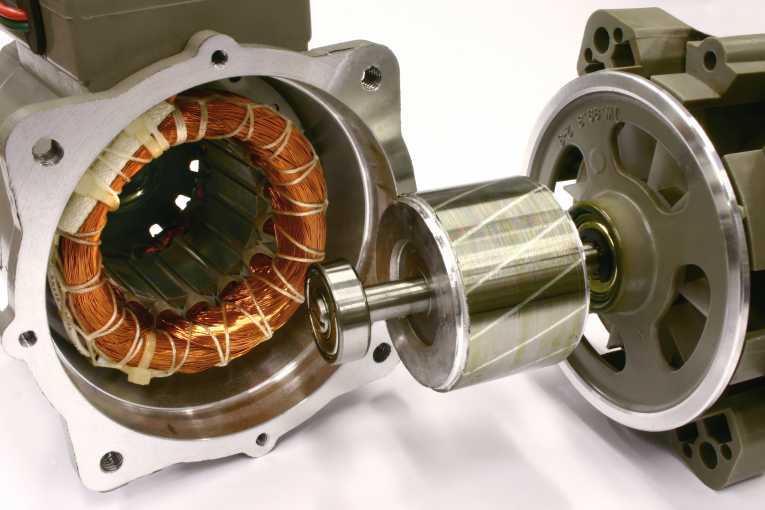They are the invisible workhorses of our homes, farms and factories - the electric motors that drive pumps, heating and ventilation systems, lifts and fans - in a myriad of different machines and systems.
But their low profile belies their massive importance as consumers of electrical power. And a new report from the IEA (International Energy Agency), published Thursday, foresees the drain on the grid of electric motor-driven systems (EDMS) as spiking, by nearly half by 2030 - unless action is taken to rein in their power consumption.
The report, which focuses in on this often neglected part of our energy use, reveals some startling facts. Electric motors, it turns out, consume the biggest slice of worldwide electrical energy, at 43-46%. Compare that to the measly 19% used for lighting. The increasing power drain of EDMS is a worrying complication for dealing with global warming - being responsible for an extra 8,570 Mt of CO2 per year, if nothing is done to curb energy use.
But is is also a big opportunity - if electric motors can be made more energy-efficient, there will be big pay-backs, in terms of reduced electricity consumption, lower user bills, and fewer emissions. And the report goes into some detail, showing what can be done to turn a carbon mill-stone into a potential game-changer for greenhouse gas emissions.First off, the IEA authors would like to see a set of minimum energy efficiency standards for these EDMS devices across the world - standards that countries will sign up to, and enforce. If the most efficient of today's electric motors were deployed over the globe, there would be an immediate saving of 4-5% in electric power consumption. And if that cost-effectiveness approach was applied to the machines and systems that the motors are attached to, another 15-25% could be slashed off of global electricity use.
The technical routes to achieving savings are also explored. Motors need to correctly sized for the task at hand; they need to use adjustable speed motors, to match torque to workload; and the whole system, from gears and transmission, to the equipment the motors are hooked up to, need to be optimized to reduce power-use as a whole.
Put all these pieces of the puzzle together, and the report sees the planet saving big time. Theoretically, nearly 4,000 TWh of annual electricity demand could be saved by 2030 - which equates to 2,490 Mt of CO2 emissions. Given that this is the equivalent to half of total US annual CO2 emissions for 2008, and the size of the prize becomes apparent. For all their quiet whirring in the background, electric motors could be one of the biggest noise-makers in tackling global warming.










